Neostigmine-Darnitsya 0.05% / 1 ml 10s solution for injection in ampoules
$3.20
Description
The instruction
for medical use
of PROZERIN-DARNITsA medicine
the Trade name
Prozerin-Darnitsa
the International unlicensed
name Neostigmin Lekarstvennaya a form
Solution for injections of 0.05%
Structure
of 1 ml of solution contains
active agent – prozerin (a neostigmina methyl sulfate) – 0.5 mg in terms of 100% anhydrous substance
excipient – water for injections.
Description
Transparent colourless liquid.
Pharmacotherapeutic group
Other drugs for treatment of diseases of nervous system. Antikholinesterazny means.
The code of automatic telephone exchange N07A A01
the Pharmacological
Pharmacokinetics Neostigmin properties, being the quarternary ammonium basis, badly gets through a blood-brain barrier and does not possess the central action. The bioavailability at parenteral administration of high, 0.5 mg of the prozerin entered parenterally corresponds to 15 mg accepted inside. At increase in a dose of drug the bioavailability increases. At intramuscular introduction time of achievement of the maximum concentration in blood is 30 min. Communication with proteins (albumine) of blood plasma – 15-25%. Elimination half-life (T1/2) at intramuscular introduction of-51-90 min., at intravenous administration – 53 min. It is metabolized in two ways due to hydrolysis in a junction with cholinesterase and microsomal enzymes of a liver. In a liver inactive metabolites are formed. 80% of the entered dose are brought by kidneys during 24 h (out of them 50% – in not changed look and 30% – in the form of metabolites).
A pharmacodynamics
Prozerin-Darnitsa – a synthetic blocker of cholinesterase of reversible action. Has high relationship to acetylcholinesterase that is caused by its structural identity with acetylcholine. As well as acetylcholine, prozerin interacts with an active center of cholinesterase in the beginning, but further, unlike acetylcholine, it forms, at the expense of the carbamic group, stable connection with enzyme. Enzyme temporarily (of several minutes till several o’clock) loses the specific activity. On a pro-procession of this time, owing to slow hydrolysis of a prozerin, cholinesterase is exempted from a blocker and restores the activity. Such action leads to accumulation and strengthening of action of acetylcholine in cholinergic synapses. Prozerin possesses the significant muskarinovy and nicotinic action, is capable to influence skeletal muscles directly excitingly.
Causes decrease in heart rate, increases secretion of excretory glands (salivary, bronchial, stalemate and digestive tract) and contributes to the development of hypersalivation, a bronchorrhea, increase in acidity of gastric juice, narrows a pupil, causes an accommodation spasm, reduces intraocular pressure, strengthens a tone of smooth muscles of intestines (strengthens a vermicular movement and relaxes sphincters) and a bladder, causes a spasm of bronchial tubes, tones up skeletal muscles.
Indications
– a myasthenia, an acute myasthenic crisis
– motive disturbances after a brain injury
– paralyzes
– the recovery period after the postponed meningitis, poliomyelitis, encephalitis
– neuritis, an atrophy of an optic nerve
– an atony zheludochno – an intestinal path, a bladder atony
– elimination of the residual phenomena after neuromuscular transmission blockade by the depolarizing muscle relaxants
the Route of administration and doses
by the Adult appoint drug subcutaneously, intramusculary and intravenously. Subcutaneously adult – 0.5-2 mg (1-4 ml) 1-2 times a day. The maximum single dose for adult 2 mg, daily – 6 mg. A course of treatment (except a myasthenia) – 25-30 days, if necessary – repeatedly, in 3-4 weeks. The most part of the general daily dose is appointed in the afternoon when the patient is most fatigue.
At a myasthenia the adult subcutaneously or intramusculary 0.5 mg (1 ml of 0.05% of solution) a day. A long course of treatment, with change of ways of introduction.
In myasthenic crisis (with difficulty of breath and swallowing) – adult 0.5-1 ml of 0.05% of solution intravenously, further subcutaneously, with small intervals.
At postoperative intestines, a bladder: for prevention, including a postoperative ischuria, – subcutaneously or intramusculary, on 0.25 mg (0.5 ml of 0.05% of solution), as soon as possible after operation, and repeatedly – each 4-6 h within 3-4 days.
As antidote of muscle relaxants (after preliminary administration of Atropini sulfas in a dose 0.6-1.2 intravenously, before increase of pulse up to 80 beats/min) enter in 0.5-2 min. 0.5-2 mg intravenously slowly. In need of an injection repeat (including atropine in case of a bradikadiya) in the general dose no more than 5-6 mg (10-12 ml) within 20-30 min., during the procedure provide artificial ventilation of the lungs.
To children (only in the conditions of a hospital) – 0.05 mg (0.1 ml of 0.05% of solution) for 1 year of life a day, but no more than 3.75 mg (0.75 ml of 0.05% of solution) for 1 injection.
Side effects
– a headache, dizziness, weakness, a loss of consciousness, drowsiness, a tremor, spasms and twitching of skeletal muscles, including twitching of muscles of language, a spasm, a dysarthtia
– arrhythmias, bradi- or tachycardia, AV blockade, a nodal rhythm, nonspecific changes on the ECG, cardiac arrest, a lowering of arterial pressure (mainly at parenteral administration)
– hypersalivation, spastic reduction and strengthening of a vermicular movement of intestines, nausea, vomiting, a meteorism, diarrhea
– allergic reactions, hyperaemia of the person, rash, itching, an acute anaphylaxis
– short wind, respiratory depression, up to a stop, a bronchospasm,
– a miosis, disorders of vision.
– an arthralgia
– urination increase
– plentiful sweating.
Contraindications
– hypersensitivity to drug components
– epilepsy, hyperkinesias
– vagisection
– coronary heart disease, stenocardia
– arrhythmias, bradycardia
– bronchial asthma
– atherosclerosis in a stage of clinical manifestations
– a thyrotoxicosis
– a peptic ulcer of a stomach and a 12-perstny gut
– peritonitis
– mechanical obstruction of digestive tract and urinary tract
– the prostatauxe proceeding a dysuria
– an acute period of an infectious disease, intoxication at sharply weakened children
– pregnancy and the period of a lactation.
Medicinal interactions
At a myasthenia are appointed in combination with antagonists of Aldosteronum, glucocorticosteroids and anabolic hormones. Atropine, Methacinum and other m-holinoblokatory weaken m – cholinomimetic effects. Extends and strengthens influence of the depolarizing muscle relaxants, weakens or eliminates – anti-depolarizing. With care appoint along with Neomycinum, streptomycin, Kanamycinum, having the anti-depolarizing effect. Combined use with the local and some general anesthetics, antiarrhytmic medicines breaking cholinergic transfer can lead to easing of effects of a prozerin. Organic nitrates reduce efficiency of a prozerin.
Special instructions
At parenteral administration of high doses the prescribing of atropine is necessary (preliminary or simultaneous). At emergence during treatment myasthenic (at an insufficient therapeutic dose) or cholinergic (owing to overdose) crisis, further use of drug demands careful differential diagnostics because of similarity of symptomatology.
Easily collapses alkalis and oxidizers.
Children
of Strictly controlled researches on efficiency and safety of use of drug for children it was not carried out
Features of influence of medicine on ability to run motor transport and potentially dangerous mechanisms
during treatment driving of motor transport and occupation is not allowed by other potentially dangerous types of activity demanding the increased concentration of attention and speed of psychomotor reactions.
Overdose
Symptoms: connected with overexcitation of holinoretseptor (cholinergic crisis): bradycardia, hypersalivation, miosis, bronchospasm, nausea, strengthening of a vermicular movement, diarrhea, urination increase, twitching of muscles of language and skeletal muscles, gradual development of the general weakness, lowering of arterial pressure.
Treatment. Symptomatic. If necessary enter atropine (1 ml of 0.1% of solution), Methacinum.
A form of release and packing
Solution on 1 ml in an ampoule, No. 10 in packing together with the instruction for medical use.
To Store storage conditions in original packing, at a temperature not above 25 °C.
To store out of children’s reach!
4 years
not to use a period of storage after expiry date.
Prescription status
According to the prescription
CJSC Pharmaceutical Firm Darnitsa Producer 02093 Ukraine, Kiev, Borispolskaya St., 13.
To develop
Additional information
| Ingredient |
|---|





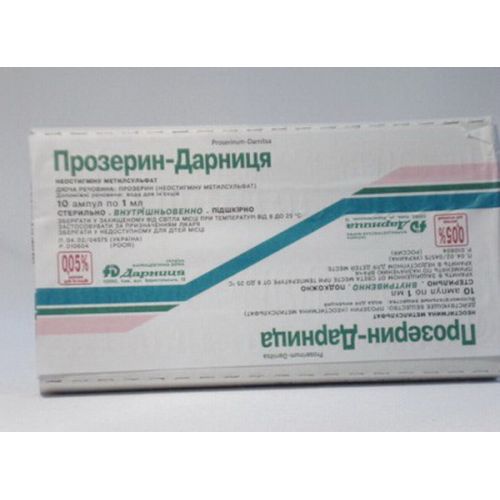
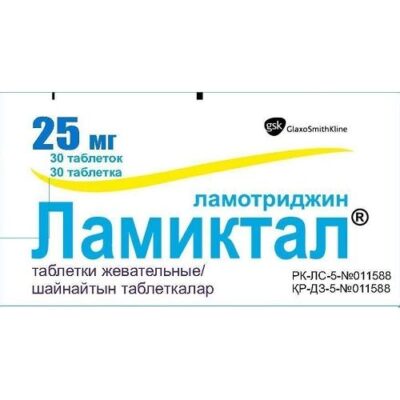
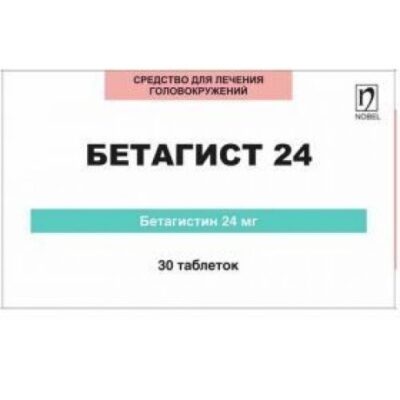
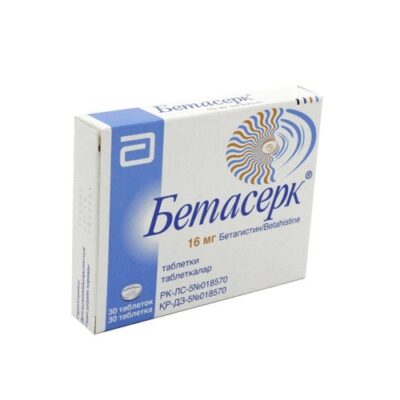
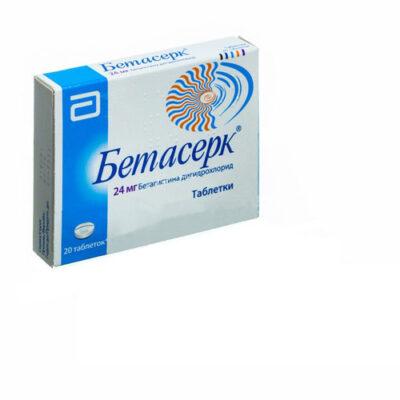
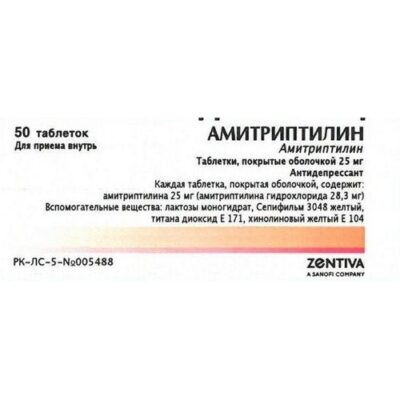
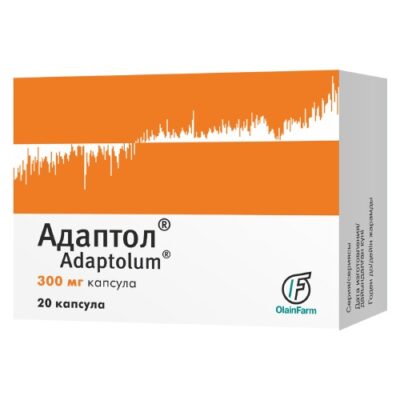
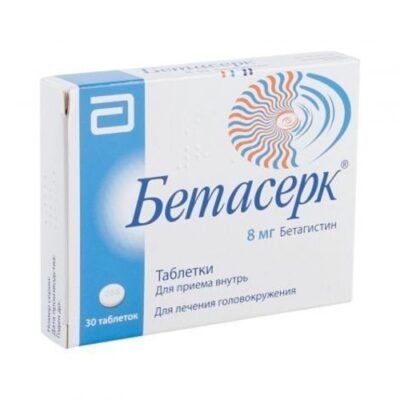
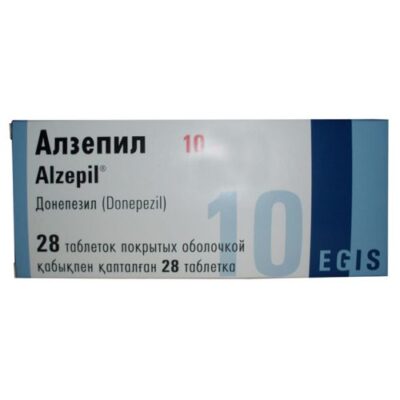
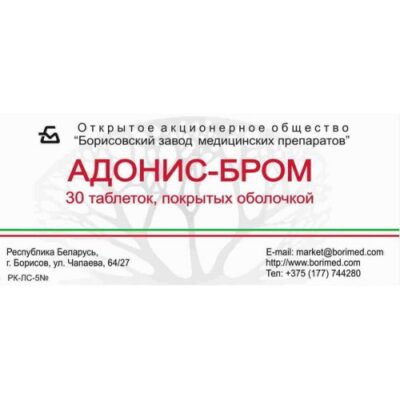
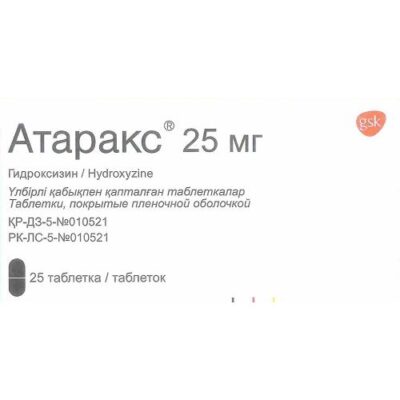






Reviews
There are no reviews yet.